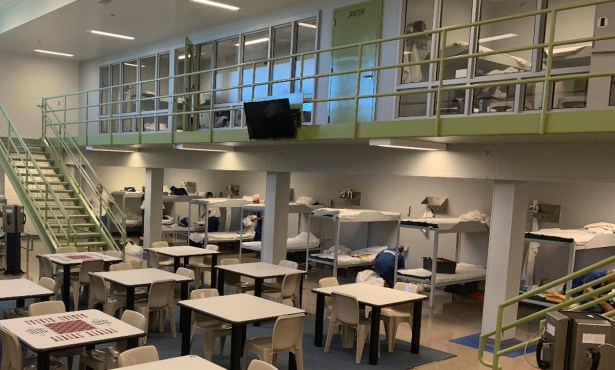Squeezing Every Last Drop
Montecito Water Board Presents Revised Rate Structure
In response to what it believes may become a water shortage emergency that would include rationing, the Montecito Water Board met in the auditorium at Montecito Union School on Thursday, June 19, to present its proposed rate changes, and to field comments and suggestions from members of the public. By making the rate more expensive for higher water consumption, the new rate structure – a tiered block rate – is designed to encourage water conservation. In fact, it was a method deployed during the water crisis of the late 1980s and early 1990s, but after that drought ended in 1991, the Montecito Water District went back to flat rate pricing.
Tom Moseby, the district’s general manager, pointed out that the City of Santa Barbara, having also adopted a tiered rate structure, was able to lower consumption by 45 percent, opting to keep the conservation-minded pricing after the end of the drought. He also noted that despite a significant amount of development, the city’s water consumption has not increased all that much. According to the district’s records, 5 percent of its customers use 30 percent of the water, and consumption has increased substantially despite very slow growth.
For those unfamiliar with water lingo, the board passed out a pamphlet breaking down terms and measurements. One HCF (hundred of cubic feet), the unit by which water is measured for these purposes, equals 748 gallons, or enough to fill 14 55-gallon drums. For emphasis, 14 red 55 gallon drums were lined up on the stage behind the podium, with a single bottle of smartwater perched conspicuously atop one of them. At nearly $4, the cost of the bottled water stands in stark contrast to the 748 gallons available for purchase from the Montecito Water District for $3.90. However, as written, for single-family residential customers who use more than 20 HCF in a month, the new rate structure would raise the price per HCF to $4.15. Single-family residences accounted for 74 percent of the district’s water sold in 2006. The break point for rate changes varies upon the type of user, with distinctions made between single-family residential, multi-family residential, commercial, institutional, and agricultural. However, Moseby stated that most businesses are focused on profits, so they are usually conservation-oriented. The problem, he said, is homeowners whose gardeners are using more water than they need to.
While the district’s efforts to improve conservation were generally applauded by the 50 or so people who came to the hearing, several concerns were raised which may require ironing out in the coming months. Riven Rock residents were opposed to being considered multi-family residential, and many people called for even more severe pricing for excessive consumers. “If you’re going to have an effect on someone who has an awful lot of money, you’ve got to give this thing some teeth,” said John Denver, a resident who suggested setting the initial rate change at 40 HCF, but increasing the price exponentially with each jump in tier. “This will impact the ‘more money than brains’ crowd,” he said. Boardmember Janet Abel stated that the board is making efforts to better educate customers via its monthly newsletters, by sending flyers listing conservation tips with customers’ monthly billing statements, and with a monthly column in the Montecito Journal called On the Waterfront. “Conservation education is as important as conservation pricing,” she said.
At its current level of use – which, per capita, is 1.4 acre-feet per year – the Montecito Water District expects to enter into a water deficit by September. The district is trying to acquire more state water – about 1,000 acre-feet – for the year, but if it doesn’t, it may have to take measures to ensure a safe water supply. Ordinance 89 was issued recently to keep water use below 1 acre foot per year for one acre and larger parcels, but the possibility of a moratorium on new water meters remains if the situation becomes more dire. “If we can avoid it and not hurt people we will,” said Board President Dick Shaikewitz. “That’s the purpose of Ordinance 89-it lets people have one acre-foot per year so they won’t be shut out.” The board is supposed to find out within the next month if the district will receive an increased allocation from the State Water Project. “It’s going to get worse before it gets better,” said Bob Roebuck, the former Water Resources manager for the City of Santa Barbara. “In the state of California, we don’t seem to make the hard decisions until we’re in a crisis.”
4•1•1
The next hearing regarding Montecito Water District rate structure changes will be Tuesday, August 19.



